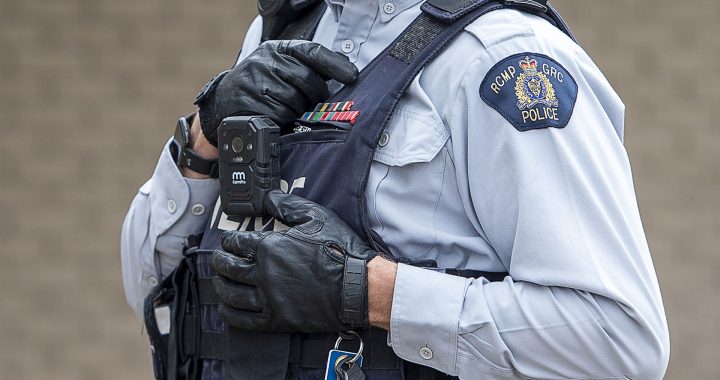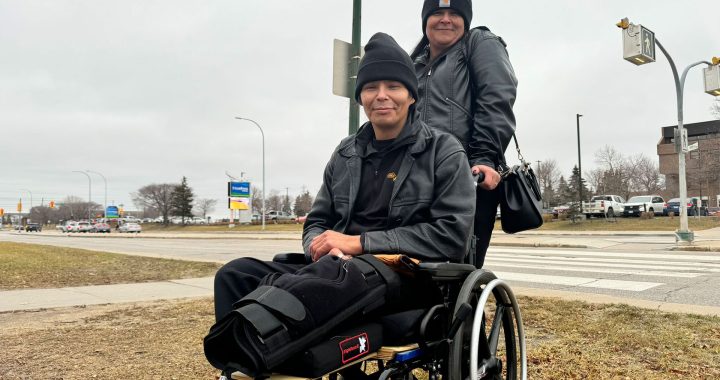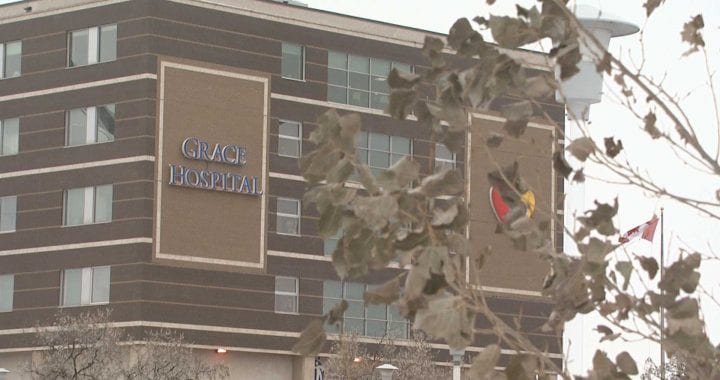Russ Diabo, a veteran policy analyst, has seen a lot.
He joined Ovide Mercredi in the famous protest-burning of the Chretien Liberal campaign document known as the “Red Book” in 1996; he was at Wounded Knee in 1973 and has worked at the Assembly of First Nations and watched it develop over the years.
Diabo, a member of the Mohawk Nation of Kahnawake, says he doesn’t like what the AFN has become.
“I personally think it probably needs to be dissolved because I don’t think it can be reformed to deal with the issues we need to deal with now,” he says.
Diabo speaks to APTN Investigates for its Inside the Band Office three-part series which looks at the state of First Nations governance in Canada.

In it, APTN looks back at the longer story of First Nations-assemblies from pre-contact to today with special attention to the lingering question of what happened to former AFN national chief RoseAnne Archibald who was ousted as leader in 2023.
It’s a lingering question in part because the people involved seem reluctant to discuss it.
APTN tried to arrange interviews with current National Chief Cindy Woodhouse Nepinak four times while producing this episode but was told she was unavailable.
And in March, an APTN current affairs program also tried to get the new national chief to appear on their show.
AFN communications staff made that appearance subject to a promise that APTN would not ask about Archibald or her proposal to do a financial audit of the organization.
We refused.
They did not make Woodhouse available saying she had the flu.
APTN has also been in touch with members of Archibald’s inner circle but they have been unwilling to speak to us on camera, or on the record.
Fundamentally though, the Archibald camp is of the mind that she was forced out with an orchestrated coup.
But forced out of what?
The AFN resembles a government – it holds elections and votes are taken on resolutions.
But it’s important to note that although AFN is thought of as a top rung of First Nations governance – it describes itself as “an advocacy organization.”
Given the vastness of Canada, and the hundreds of First Nations communities all across it, there’s a perceived need to have a leadership assembly like the AFN to negotiate with the federal government as a collective.
That’s the basic idea behind the AFN – a body made up of a national chief and regional chiefs who are elected by elected band council chiefs – who are also part of the assembly.
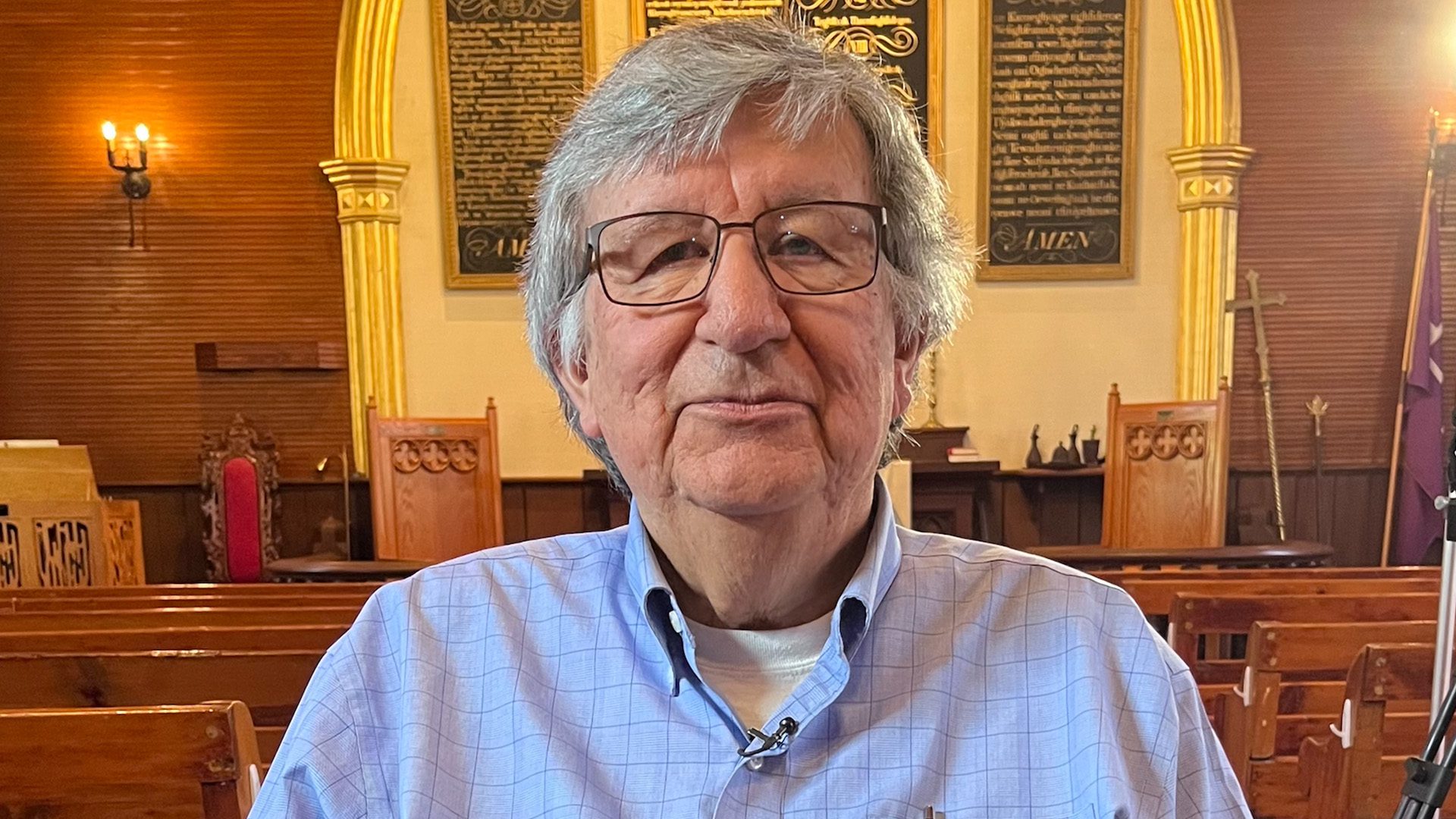
It’s a way of doing things that has roots in the times before contact.
A particularly noted and ancient assembly, originally of five Iroquois nations, now six – is the enduring Haudenosaunee Confederacy – sometimes called the oldest participatory democracy on Earth.
Its founder – Deganawida, or the Peacemaker, is considered by believers to be a kind of deity-like figure who arrived with his interpreter Hiawatha – to inspire peace and cooperation among the Iroquois nations of the Haudenosaunee Confederacy.
“The message was that if we if we were to unite and become under one form of governance and one collective viewpoint, we would be in better shape to resist what was foretold as an incoming, disruptive power,” says Barry Hill, who is from the Wolf Clan in Six Nations of the Grand River, and a warden of the Mohawk Chapel in Brantford, Ont.
“That was, precognition really at that point,” adds Hill, alluding to the coming of contact and colonization.”
Deganawida is portrayed in a stained-glass window of the chapel, as is the longer story of the Haudenosaunee Confederacy.
It is unclear exactly when Deganawida arrived miraculously in a stone canoe to an area which is now on Tyendinaga Mohawk Territory, 200 km east of Toronto, but there are two schools of thought.
“Sometimes interpreted as time immemorial – another version has it in 1159, which coincides with a total eclipse,” says Hill, adding, “Anyway, it’s at least 500 years before contact.”
Essentially since, forever, the Haudenosaunee Confederacy has governed itself according to the Great Law of Peace – which was passed down from Deganawida via Hiawatha.
According to Justin Jennings – a curator at the Royal Ontario Museum and an associate professor of anthropology at the University of Toronto – the Great Law of Peace is reminiscent of spiritual teachings.
“Think about Mohammed and Islam – it’s about little lessons, little scenarios. When this happened, you do this, when this happens, you do that,” says Jennings. “So how do you learn the Great Law is you sit in a longhouse for hours after hours and hear stories about what it’s like to be Haudenosaunee, the ways in which you should treat each other, the way you should treat other people.”
Jennings emphasizes that women had leadership roles in traditional Haudenosaunee/Iroquois society that tended to be domestically-oriented in contrast with the inter-longhouse, diplomatic concerns headed-up by men.
“[Women are] controlling, for example, the supplies of maize and determining where and how people should be buried – on a day-to-day perspective, it was women that were in charge,” says Jennings. “But they said, okay, men, because you’re actually coming in and you’re marrying into the longhouse, right, you guys should therefore naturally be in charge in the interactions between communities.”
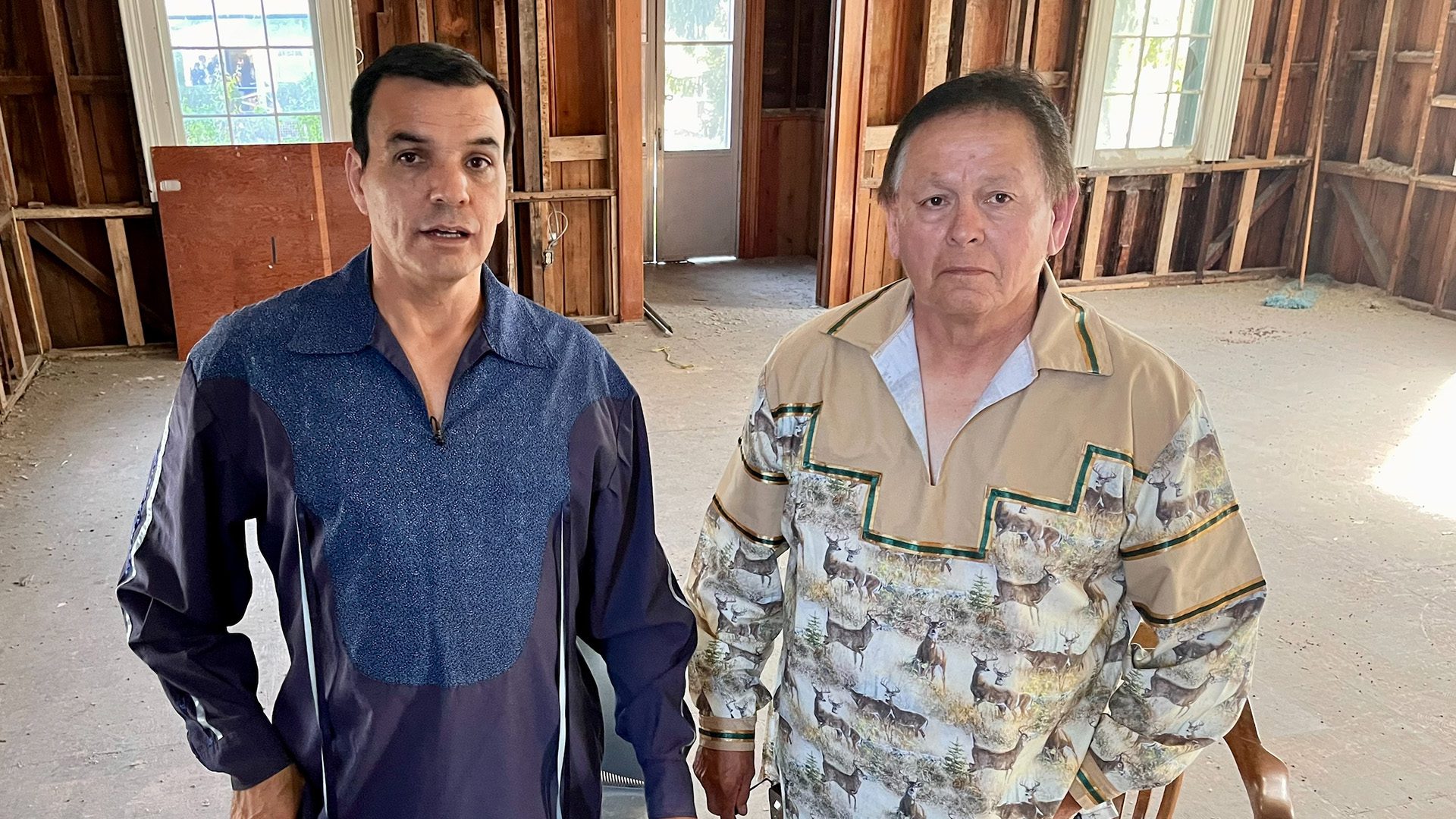
Fast forward to when Canada becomes a country, and a key development is the 1876 Indian Act and its increased imposition of colonial will.
An imposition that was met with resistance from Haudenosaunee Confederacy leaders and their coalition of allies.
“They went through every section of that first draft of the Indian Act, and as a united group, the General Indian Council, it was called, they sent Six Nations back to tell the federal government – the Crown – that we rejected it,” says Leroy Hill, council secretary for the Haudenosaunee Confederacy.
It showed the potential value of speaking as a group, and over time various Indigenous political assemblies emerged to attempt to effectively counter the centralized federal power of Ottawa.
And nowadays of course, the contemporary scene of First Nations politics revolves around the AFN, which was created from the National Indian Brotherhood.
Prominent National Indian Brotherhood leader George Manuel was known for his championing of Aboriginal rights and title.
“I really don’t believe in selling our Aboriginal rights in terms of cash,” Manuel once said, “I don’t even want to take one dollar for my Aboriginal rights because I don’t think it’s for sale. It’s my history. It’s my identity.”
George Manuel died in 1989, but his daughter Doreen Manuel is of the mind that the AFN has forgotten the central cause, as her father saw it.
“Our leadership has changed and has gotten softer and softer,” says Manuel.
And as she sees it, the effort to assimilate Indigenous people has never really stopped.
“They’re still implementing the White Paper policy, but in pieces,” says Manuel, referring to the plan put forward by Pierre Trudeau’s ruling Liberals in 1969.
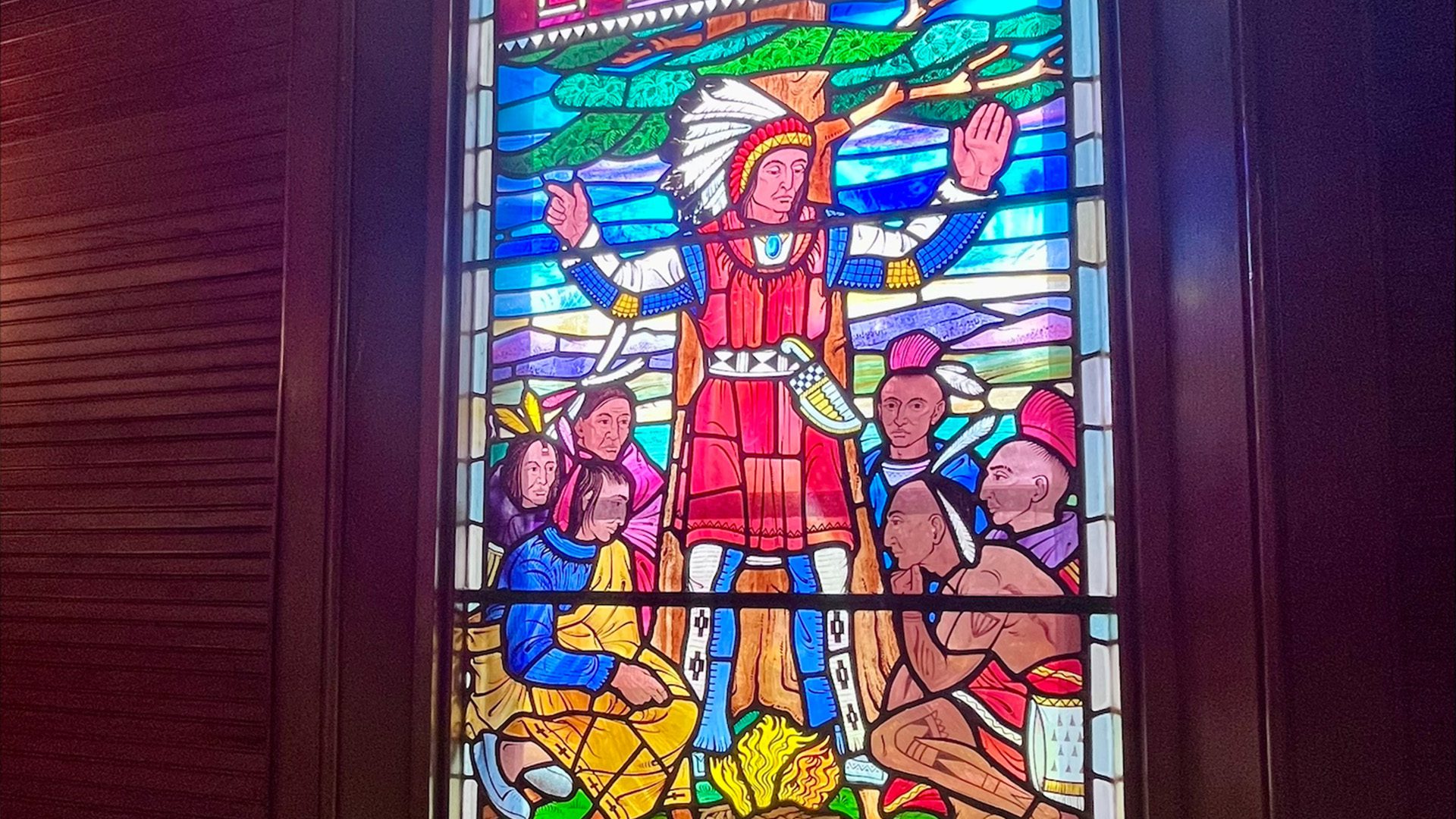
Policy analyst Russ Diabo sees things similarly.
“They have, what I call the Liberal termination doctrine,” says Diabo, “They wanted to remove the legal distinctions between Indians and Canadians by dissolving the Department of Indian Affairs, repealing the Indian Act, amending the Constitution to remove section 91(24) that refers to Indians in Indian lands. And they’d get rid of reserves and end treaties and central land claims.
“They had all these measures in the White Paper and they withdrew it in 1971, in the face of a Red Paper. But they’ve been implementing it. We can see today that they got rid of the Department of Indian Affairs and a lot of things they wanted to do in 1969.”
Diabo was employed as a special advisor to Archibald and believes all of this is related to why Archibald was forced out.
“She was trying to push more for a rights-based approach instead of a programs approach,” says Diabo. “But there was push back and obviously they removed her.”
And then there was the financial audit Archibald was pushing the AFN to do.
“My sense is, at the time, Mark Miller and Patty Hajdu, who were the main ministers that deal with AFN and fund AFN, didn’t want to see an audit,” says Diabo. “That’s just my impression.”
Diabo is in agreement with the not uncommon opinion that the AFN has grown away from the chiefs it’s meant to serve, and too close with the federal Liberals.
“Every month I get requests from band councils, and they want an overview of what Trudeau’s been doing for the last eight years, because AFN no longer does that kind of critical analysis,” says Diabo.
For Diabo, if the situation is to be repaired, it’s about going back to an example set by the Haudenosaunee Confederacy.
“You know, with the two-row wampum, with the Haudenosaunee Confederacy, initially with the Dutch and then with the British,” says Diabo. “That’s how I see the bilateral relationship, the European ship goes in one way – now, the Canadian ship with the descendants of French and English people. And our canoe, traveling side-by-side, through time and the river of life. That’s, what we have to work out the terms of – coexistence – coexisting sovereignties.”






